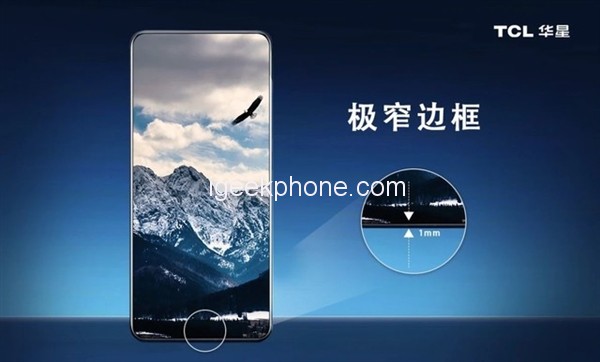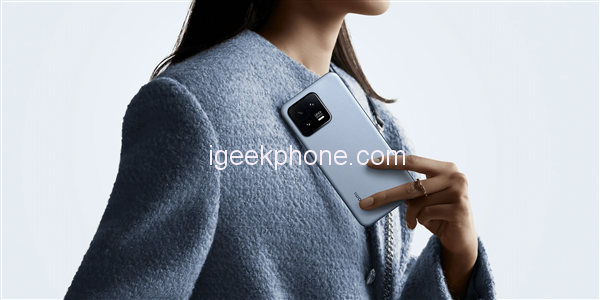Year-on-year, there was a 7% decrease. Despite the rise in average selling price, the overall market size saw a 1% year-on-year decline. According to official data from Xiaomi, the Mi 13 it emerges as the top-selling Android phone in the price range of 4,000 to 5,999 yuan. The remarkable success of the Mi 13 demonstrates the widespread admiration for its compact flat screen. So, what improvements can we expect from the Mi 14? In the following summary, the author examines information from various sources to assess whether the Xiaomi Mi 14 is a worthwhile purchase.
Ultra-slim bezels and chin screens
Xiaomi has maintained a strong partnership with China Star Optoelectronics (CSOT). Together, they introduced the first domestically produced 1.5K and 2K screens. Earlier this year, CSOT unveiled its narrow bezel technology.
This time, CSOT’s screen technology allows for a mere 1mm frame on all four sides while developing the FIAA Slim design. This innovation helps reduce the manufacturing process and costs of the narrow-frame screen equipped with FIAA technology. It also improves production efficiency. By maintaining the same panel size, the TCL CSOT narrow frame technology can reduce luminous power consumption by approximately 8% without compromising brightness.
The Mi 14 will likely be equipped with Huaxing Optoelectronics screens. The Mi 14 will feature a 1.5K flat screen, while the Mi 14 Pro and Ultra will sport a 2K curved display.
The world premiere of Qualcomm Snapdragon 8 Gen3
Following the usual pattern, the Mi 14 is likely to launch with the Snapdragon 8 Gen3 chipset. Codenamed SM8650 and nicknamed Lanai or Pineapple, the Snapdragon 8 Gen3 will adopt a 1+5+2 architecture. It comprises one Cortex-X4 super large core, five Cortex-A720 large bodies, and two Cortex-A520 small cores. It supports LPDDR5X and UFS 4.1 while utilizing the TSMC 4nm process.
Some netizens have already leaked benchmark scores for the Snapdragon 8 Gen3 engineering sample, surpassing 1.77 million in the extended AnTuTu V10 version.
Additionally, the Mi 14 series will incorporate the USB 3.2 interface. The recently released Mi 13 Ultra flagship model already features the Type-C USB 3.2, while the standard Mi 13 has yet to adopt this technology. The Mi 14 is highly likely equipped with this faster data transmission technology.
Enhanced camera capabilities
Industry insiders reveal that the latest Mi 14 series will introduce a periscope lens, making it a standard feature across the entire lineup. The Mi 14 will house a 90mm focal length periscope lens supporting 3.9x optical zoom, while the Mi 14 Pro will sport a 115mm focal length periscope lens with 5x optical zoom. This marks the first time Xiaomi’s flagship model features a built-in periscope lens, allowing for more than ten times zoom through hybrid zoom technology.
The Mi 14 series will also support 4K selfies and 60fps video format, greatly enhancing the front-facing camera experience. The rear camera setup will receive a new upgrade, featuring a primary 50-megapixel sensor alongside two additional lenses.
Fast charging capabilities
Battery life has also received significant improvements. Xiaomi has certified the MDY-14-EC model fast charging head, supporting up to 90W fast charging at 20V 4.5A. This specification will be implemented in the Mi 14 series. Finally, the standard version will upgrade from 67W fast charging.
Price adjustments for storage
This year, storage prices have significantly decreased. The Mi 14 will continue to retail at 3,999 yuan, but the available version will be 12GB+128GB, while the 8GB+128GB variant will be discontinued.
Read Also: Xiaomi Mi 14 Ultra Concept: The Most Powerful Smartphone of 2023
Do not forget to follow us on our Facebook group and page to keep you always aware of the latest advances, News, Updates, review, and giveaway on smartphones, tablets, gadgets, and more from the technology world of the future.










